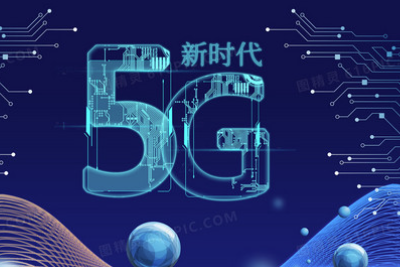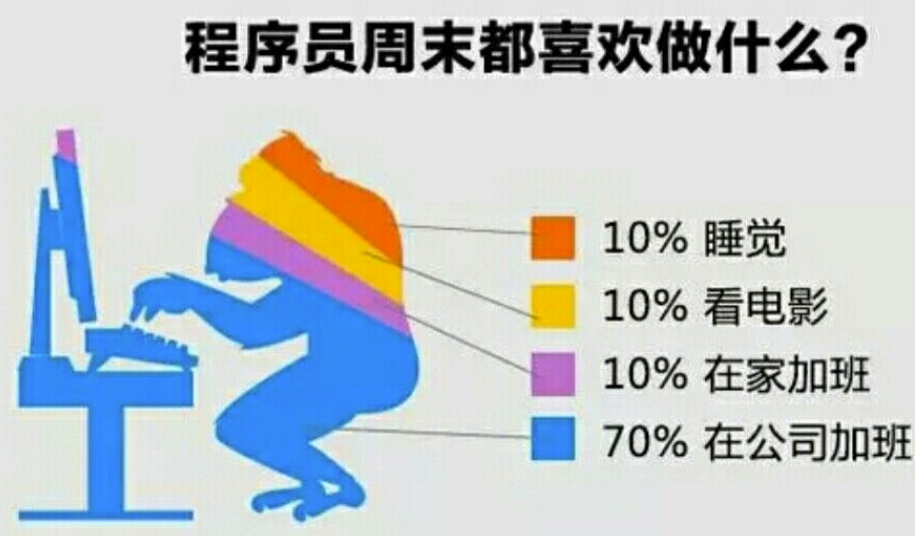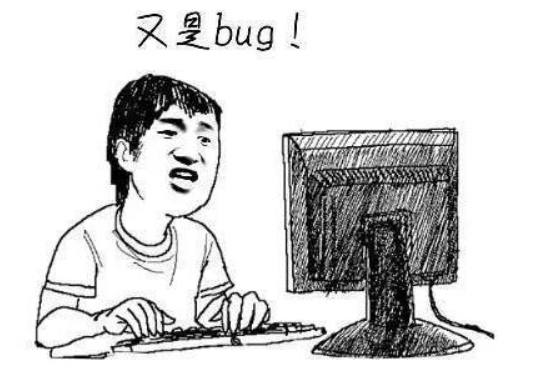根据您提供的代码,缺少了 Blinker.begin() 的调用,这一行代码需要在 setup() 函数中初始化 Blinker。同时,需要确保正确设置蓝牙或网络连接。以下是补全后的代码:
#define BLINKER_PRINT Serial
#define BLINKER_BLE
#include <Blinker.h>
#define LED_BUILTIN 3
BlinkerButton Button1("btn-abc");
BlinkerNumber Number1("num-abc");
int counter = 0;
void button1_callback(const String & state) {
BLINKER_LOG("get button state: ", state);
digitalWrite(LED_BUILTIN, !digitalRead(LED_BUILTIN));
}
void dataRead(const String & data) {
BLINKER_LOG("Blinker readString: ", data);
counter++;
Number1.print(counter);
}
void setup() {
Serial.begin(115200);
#if defined(BLINKER_PRINT)
BLINKER_DEBUG.stream(BLINKER_PRINT);
#endif
pinMode(LED_BUILTIN, OUTPUT);
digitalWrite(LED_BUILTIN, HIGH);
// 初始化 Blinker
Blinker.begin();
// 设置数据回调函数
Blinker.attachData(dataRead);
// 设置按钮回调函数
Button1.attach(button1_callback);
}
void loop() {
Blinker.run();
}
注意事项:
- 设备配置:确保你的硬件(如 ESP32)已经被正确连接,并且相关的库文件(如 Blink 库)已经安装。
- 定义 BLE 或 WiFi:如果你打算使用 BLE,你可以继续使用
#define BLINKER_BLE,否则请注释掉它并定义 WiFi 网络信息。 - 串口监控:使用串口监视器来查看输出日志,便于排查问题。
- 配对:确保你的手机上有相应的 Blink 应用,并已成功与设备配对。
通过上述调整,您的代码应该能够正常运行。如果仍然存在问题,请检查其他连接设置和设备兼容性。
内容由零声教学AI助手提供,问题来源于学员提问





















